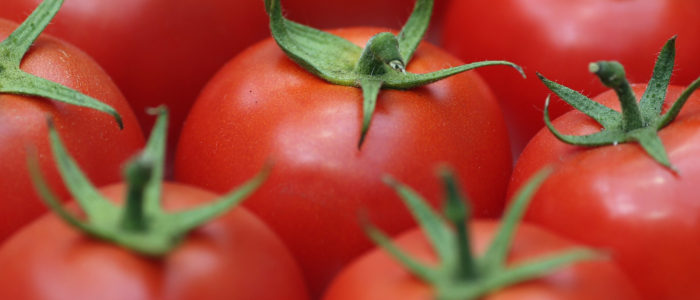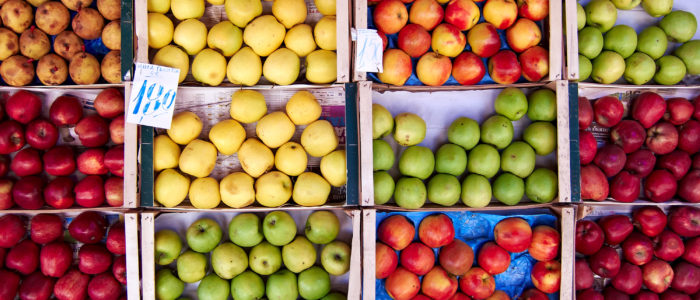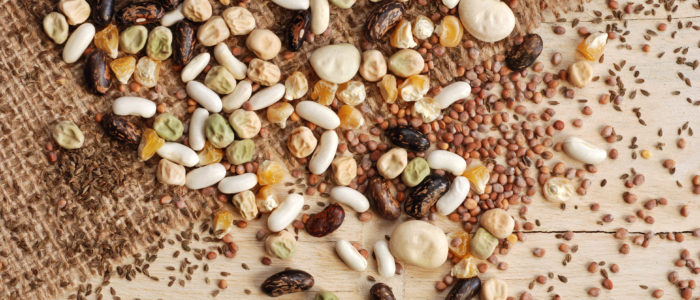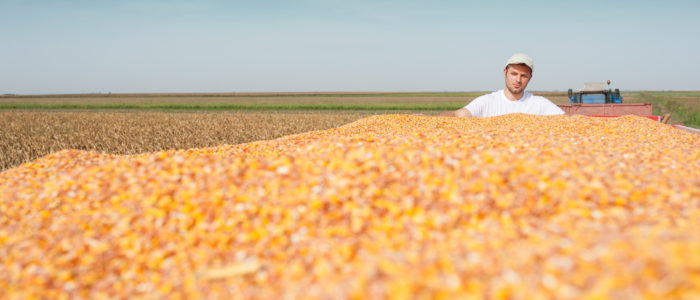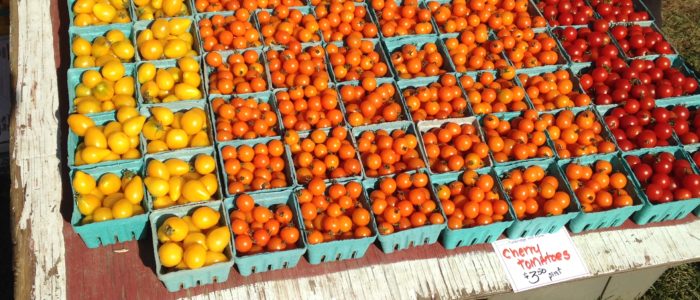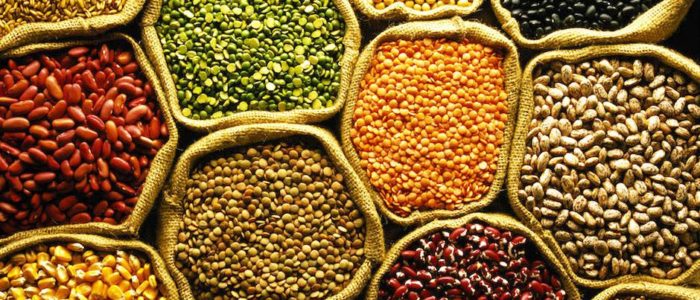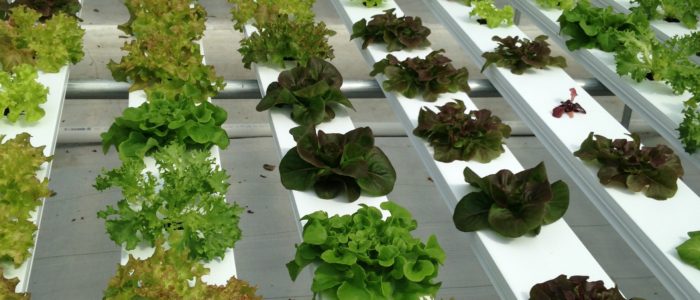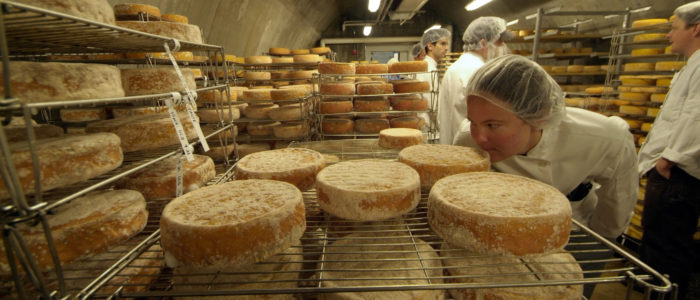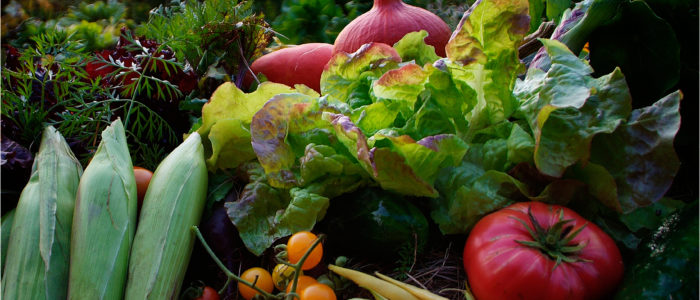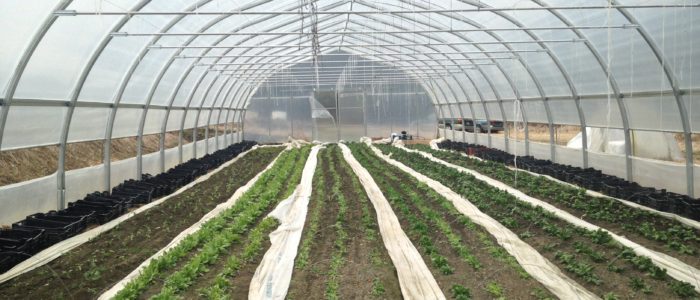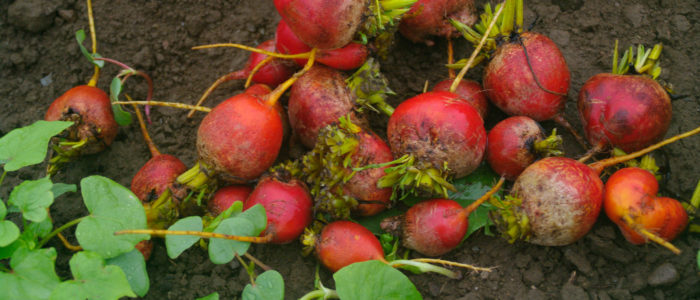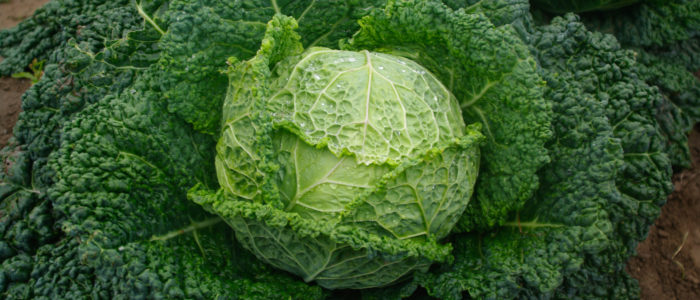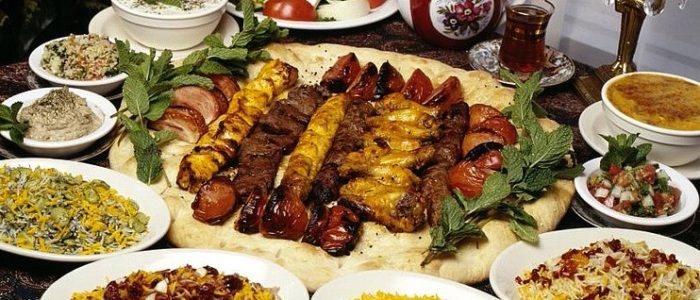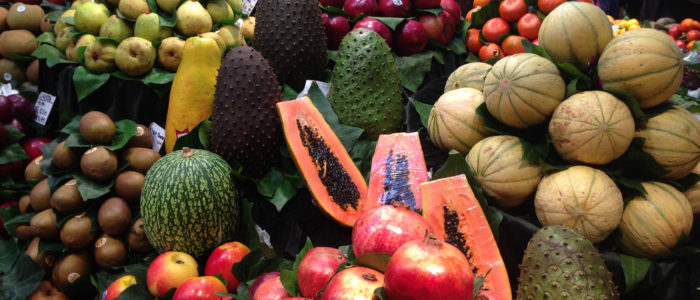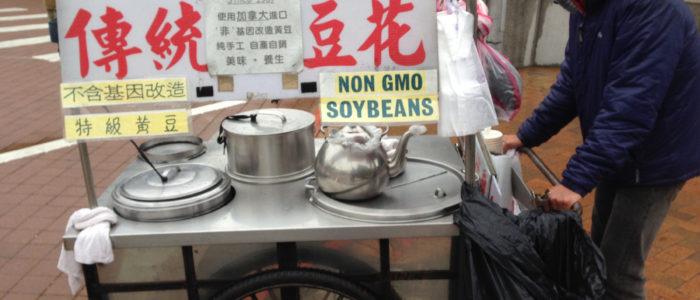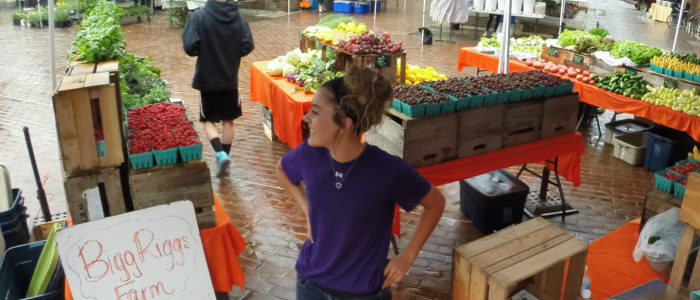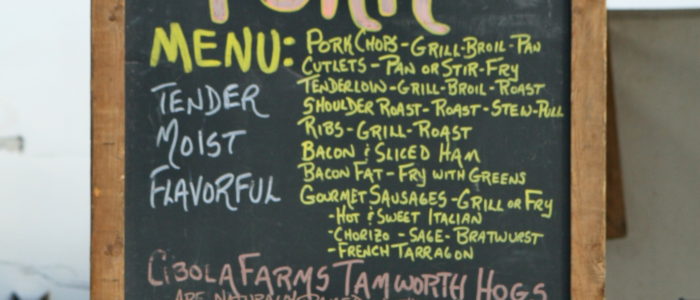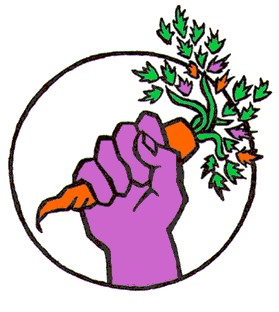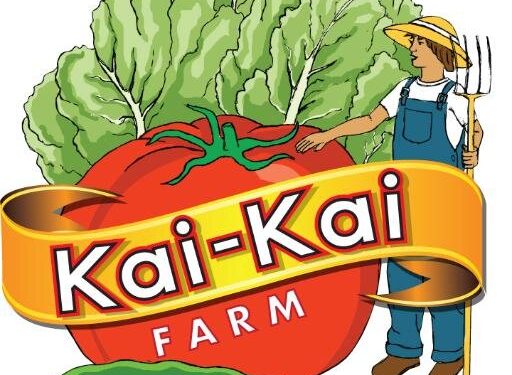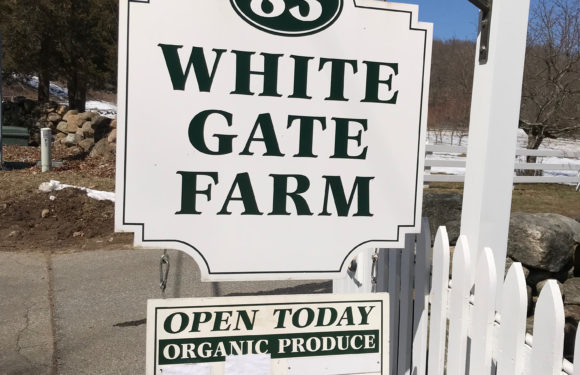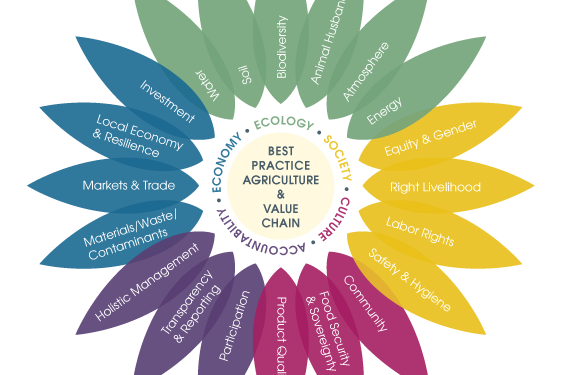Restaurant Insider is an influential website viewed by over 400,000 restaurant owners, operators, and managers. My blog posts cover the Farm-to-Table Movement and Sustainable Food Systems — both part of the Fresh Food Movement.
by Darryl Benjamin |

Farm-to-table restaurateurs face enormous challenges satisfying an increasingly demanding public who not only ask for fresh, nutritious, delicious, and local fare, but food that is fairly and sustainably produced. It might come as a surprise that the farm-to-table movement is a social movement. Concerns about where our food comes from, what distance our food travels to get to our plate, and who benefits from its production are part of the equation. It’s a tall order to address dietary as well as social needs, but great rewards await the savvy restaurateur who can surmount these hurdles.
Here are six key challenges that face the restaurateur, along with solutions:
Challenge #1: Prove the Value of Farm-to-Table to the Restaurant Guest
Tom Bivins, former chef-owner of Cleveland’s Crop Bistro notes, “The same people who are willing to pay a higher price for local food at a farmers market are not always as willing to pay that higher price when the restaurant acts as a middle man.”
Solution: If the guest can understand what is unique about the food they are eating or feel a connection to the farmer who produced it, their appreciation of its value will increase. Show a clear commitment to local artisan producers and local farms. For example, feature a link on your website to the farmer(s) you source from including videos, images, and descriptions. Tell the story of the food, with the intention that once the diner understands the unique qualities of the vegetable varieties or animal breeds and the care with which they were raised and prepared, they will see the value of the food presented to them. The success of your restaurant, of course, comes down to the quality of its food and its reception by the dining public.
Challenge #2: Make Sure Your Farm-to-Table Concept is Authentic
Guests are always on the lookout for false claims.
Solution: It’s important to be clear, consistent, and honest about your farm-to-table philosophy. Are you hyper-local, or do you source your food from within X miles of the restaurant? Be sure that you can consistently meet your standard and market it well. Are most of the ingredients in a “local” dish truly local, or only some of them? Are you representing the concept honestly? For example, is your “local” salsa really local or just bottled locally? If the key ingredients come from all across the country, then it’s not sustainable or local.
Or is your approach more regional? Do you support producers within a day’s drive of the restaurant? Make sure that customers understand your goal of supporting regional rather than just local foods and that they see value in those regional choices. A number of restaurants in New York and Boston, for example, feature Vermont products from cheeses, to lamb, to fiddlehead ferns. They can do so with confidence because Vermont products are recognized for their quality. Another way some farm-to-table restaurants prove their authenticity is by growing their own crops and/or raising their own animals on site. This can range from large operations supplying much of their needs from their own farms to smaller restaurants that have gardens or a few animals to supplement their usual suppliers.
Challenge #3: Move Beyond the World of Fine Dining
Fine dining restaurants have led the industry in championing the farm-to-table movement. However, if this movement is to truly impact the food industry and improve both local economies and the quality of our food supply, it has to reach beyond the elite few.
Solution: Farm-to-table ingredients don’t have to be expensive to be sustainably produced. The limited menu is one way to go. For example, a limited menu of high-quality dishes, a signature salad, and a few desserts, all featuring local, regional, and organic ingredients is a possible route to a moderately-priced farm-to-table restaurant. Use proteins and other traditionally expensive ingredients sparingly. (See Challenge #6 below for more on this.)
“A key to the customer’s perception of value is telling the story of the ingredients and the producers who provided them.”
Challenge #4: Keep It Seasonal
How do you know what’s in season and when? How can you extend the season and spread the bounty of great ingredients across the year? Are root vegetables the only option in winter?
Solution: Each region has its own seasonal ingredients that are eagerly anticipated. The major players are well-known: soft-shell crab in the Chesapeake, summer sweet corn in New England, morel in the Midwest and Northwest. Tracking produce availability can be challenging, but a good start is to consult a local chapter of Chefs Collaborative or Farm to School, or your local university extension service for seasonal availability charts. The “Buying Local Food for Food Service in Minnesota” Project contains a chart listing seasonal products in Minnesota.
Challenge #5: “Putting Food By”
Cooking seasonally and avoiding the use of imported produce can be challenging. The restaurant needs to have the capital available to invest over a thousand dollars in anticipation of future sales. This requires an investment of time, materials, and labor, but usually pays off in the end. Food preservation requires a number of considerations, including food safety and the regulations of your local authorities, food quality, secure storage, capital, and utilization.
When it comes to secure storage, ask yourself: Do you have the shelf space or freezer or walk-in space for the products? Will your storage area maintain the quality of the preserved foods; for instance, a cool, dark space for storing canned items? If you are relying on refrigerators or freezers to store your food products, do you have a backup generator in case of extended power outages?
Restaurateurs are always trying to stay ahead of changing consumer tastes. But the secret sauce is knowing what’s hype and what’s hot. Tacos are a safe bet says data in this industry report, based on millions of restaurant transactions nationwide.
For capital concerns, consider that in addition to the cost of the initial purchase, there can be storage costs including energy for refrigerators or freezers. Cured meats can take weeks or months before they are ready, and because of evaporation and shrinkage their cost goes up. Can you tie up capital for that length of time? Will your clientele be willing to pay the price you need to charge to be profitable? Ideally the quality of the final product and the variety preserved items can add to your menu and make it worthwhile, but it is important to review those cost implications.
Plus, there is the added stress of learning unfamiliar techniques and legitimate concern over food-borne illnesses such as botulism. The final consideration in preserving foods is making sure there is a use for them on the menu.
Solution: “Extending the season” is a key strategy for most farm-to-table restaurants. Often, an ingredient preserved at harvest time will be worth a lot more later in the year when the only option is imported produce. In addition, buying in quantity can reap additional savings for those with commitment. For example, a mushroom forager, or wildcrafter, might be willing to offer a reduced price to a chef who commits to buying his future harvest of 100 to 150 pounds of chanterelles. In addition to the immediate savings, once dried, canned, or frozen, those mushrooms will grow in value by midwinter when only imported options are available.
Regarding food safety, many local culinary schools and colleges offer courses in food preservation. Restaurants that don’t have enough freezer space of their own might consider contracting with a cooperative. As with any menu item, it’s a good practice to have multiple uses for the food product or assure sales by featuring it as a signature menu item. By planning for multiple uses, you improve profitability and ensure quality by using the product during its peak of quality. Check out university extension websites and publications for additional pointers.
Challenge #6: Keep It Affordable
Many products from small- or medium-scale local producers cost more than those from large-scale commercial producers (at least on the surface).
Solution: One effective strategy embraced by Dan Barber in his book, The Third Plate, is to “rethink the center of the plate.” Nutritionists tell us that we will all be healthier if we eat more of a plant-based diet, and a “third plate,” as an all or nearly all vegetarian plate is generally more profitable than a protein-centered plate. Thomas Jefferson (who was not a vegetarian) once said, “I have lived temperately, eating little animal food, and that, not as an aliment so much as a condiment for the vegetables, which constitute my principal diet.” This is a flip of typical fare dominated by a large portion of an industrially raised protein like steak or chicken, with commodity vegetables and starches playing a side role.
For those who can’t give up their protein, another low-cost approach is to feature dishes using a smaller portion of protein in a stir fry, jambalaya-type dish, or stew, where the rice, pasta or vegetables provide volume and act as a flavor vehicle for the protein pieces. Another strategy for moderating the cost of proteins on the plate involves combinations or duos. On these plates a small portion of a more expensive cut of protein is paired with a less expensive cut: a piece of beef tenderloin paired with braised short rib, a slice of lamb loin with a lamb sausage, a large sea scallop paired with less-expensive fish. In addition to keeping the overall plate cost lower, these pairs add variety and interest for the customer and an opportunity for the chef to show creativity with an additional sauce or garnish.
Most profitable restaurants rely on a diverse sales mix to improve profitability. There are always high food cost items like steak and lobster that can only be priced so high if they are going to sell. (It’s better to sell ten steaks at a 40 percent food cost than two at a 33 percent food cost.) These high-food cost items are usually balanced by other items on the menu with low food costs, and ideally the sales mix is profitable. Savvy restaurateurs improve this profitability by engineering their menu to feature the high-profit items in prominent places on the menu and promoting them as signature dishes. A related strategy is the promotion of healthy food options. These items are traditionally lower in portion size, fat, butter and cream, and also lower in cost to produce.
Like sales mix, total utilization of product is not unique to farm-to-table restaurants, but it is an essential concept. Many of us are used to the concept of producing broccoli soup from stems of broccoli and paying for the case of broccoli from the resulting profit before selling even a single floret. When the broccoli is fresh, local broccoli—moister than the commodity vegetable and full of vibrant color—there are even more options: julienne broccoli stems in salads, stir fries, and vegetable medleys, as well as soup options. More options to sell results in more profits.
Bottom line: Engineering the menu for a profitable sales mix, and total utilization of healthy ingredients will result in customers who enjoy the new paradigm of reduced protein if reasonable portions of interesting sustainable local vegetables—for example, rainbow chard, golden beets, lacinato kale, fingerling potatoes and some interesting grains or legumes—are on the plate.
“It’s a tall order to address dietary as well as social needs, but great rewards await the savvy restaurateur who can surmount these hurdles.”
The key to all of these strategies is the perception of value by the customer. If the vegetables, legumes and or starches on the plate are not valued, then a smaller protein portion will be viewed negatively. If both parts of the duo are not flavorful and well prepared, the whole will be less than the sum of the parts. If the additional products produced through total utilization cannot be sold, there will be no profit. A key to the customer’s perception of value is telling the story of the ingredients and the producers who provided them.
So is it worth for you to offer farm-to-table fare? If you want to feel good about providing local, healthier food that is environmentally sustainable, supports local farmers and community, improves animal welfare, and satisfies the demand from a health-conscious public, then yes, it is more than worth it. There’s enormous satisfaction for those that dare!

